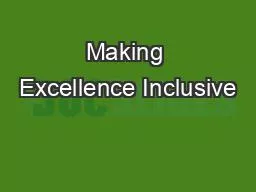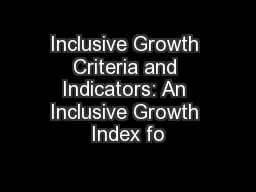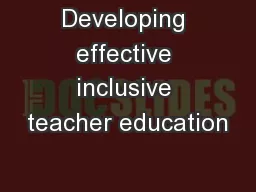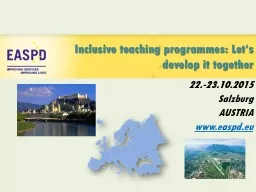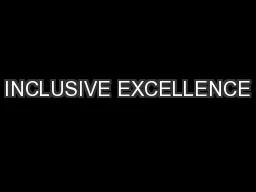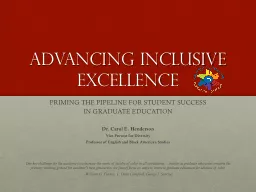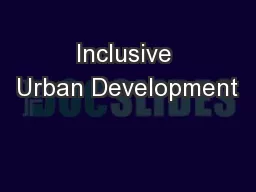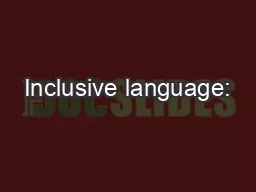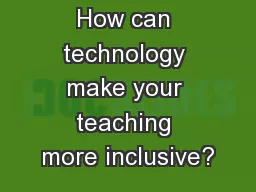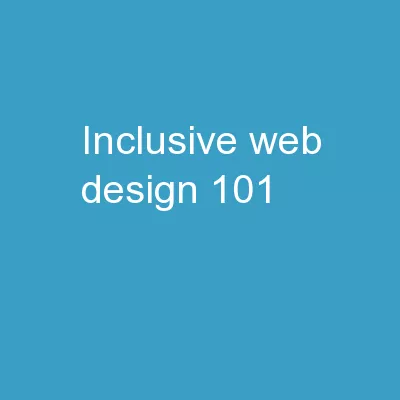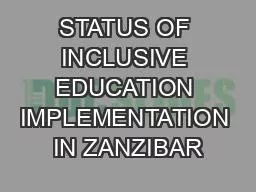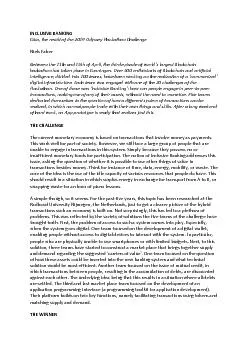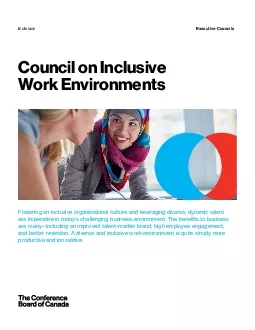PDF-Making Excellence Inclusive
Author : riley | Published Date : 2021-10-05
Ensuring Student Engagement inHighImpact PracticesThis QEP enhances student learning and the learning environment by accentuating highimpact practices HIPs as a
Presentation Embed Code
Download Presentation
Download Presentation The PPT/PDF document "Making Excellence Inclusive" is the property of its rightful owner. Permission is granted to download and print the materials on this website for personal, non-commercial use only, and to display it on your personal computer provided you do not modify the materials and that you retain all copyright notices contained in the materials. By downloading content from our website, you accept the terms of this agreement.
Making Excellence Inclusive: Transcript
Download Rules Of Document
"Making Excellence Inclusive"The content belongs to its owner. You may download and print it for personal use, without modification, and keep all copyright notices. By downloading, you agree to these terms.
Related Documents

